
Francine Jackson
Francine is a longtime member of Skyscrapers and is a member of our outreach committee, where she frequently volunteers her time at star parties. She also has been associated with Ladd Observatory for over four decades. In addition, she is a Fellow of the International Planetarium Society, the Middle Atlantic Planetarium Society, and the Great Lakes Planetarium Association. For many years, her major interest has been transits of Venus, and she has written several articles on their historical significance. She is a former Director of Frosty Drew Observatory in Charlestown, RI, and for many years worked at the Hayden Planetarium in New York City.



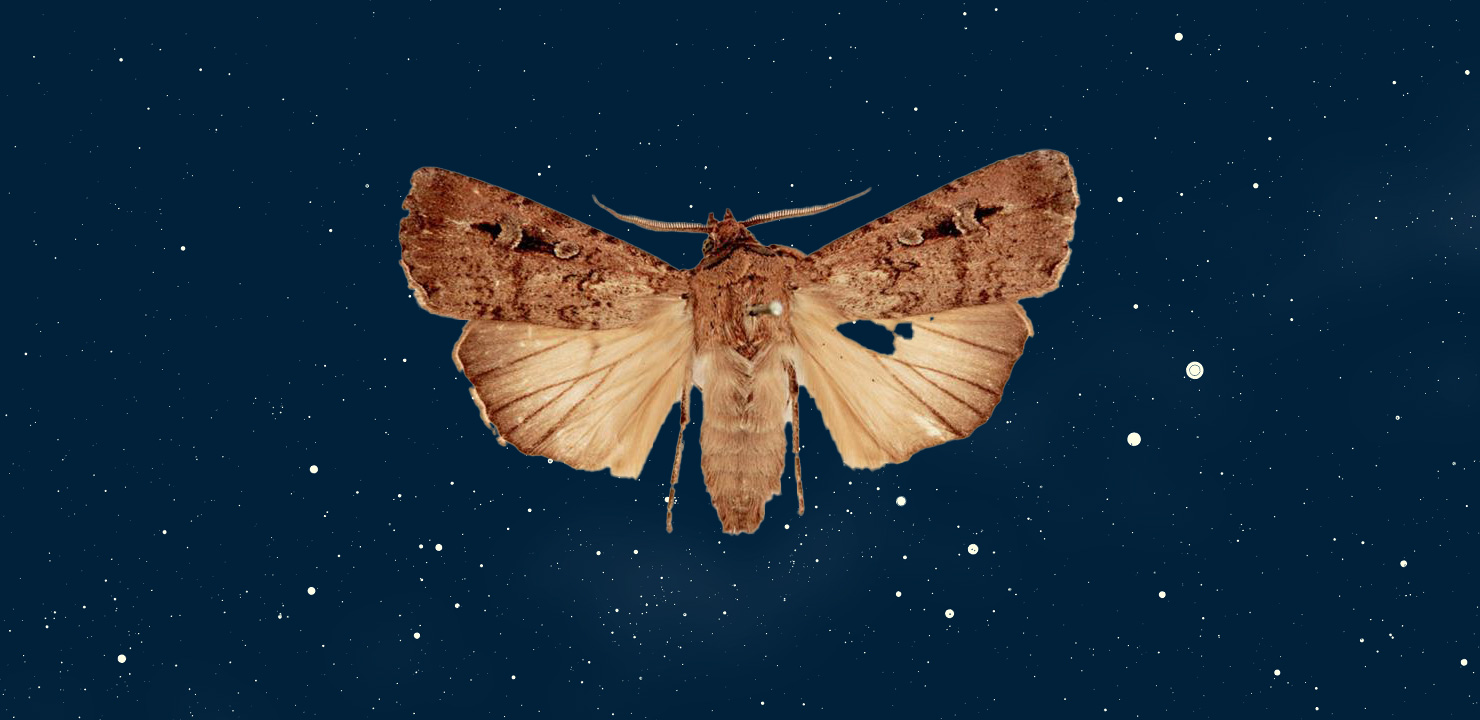
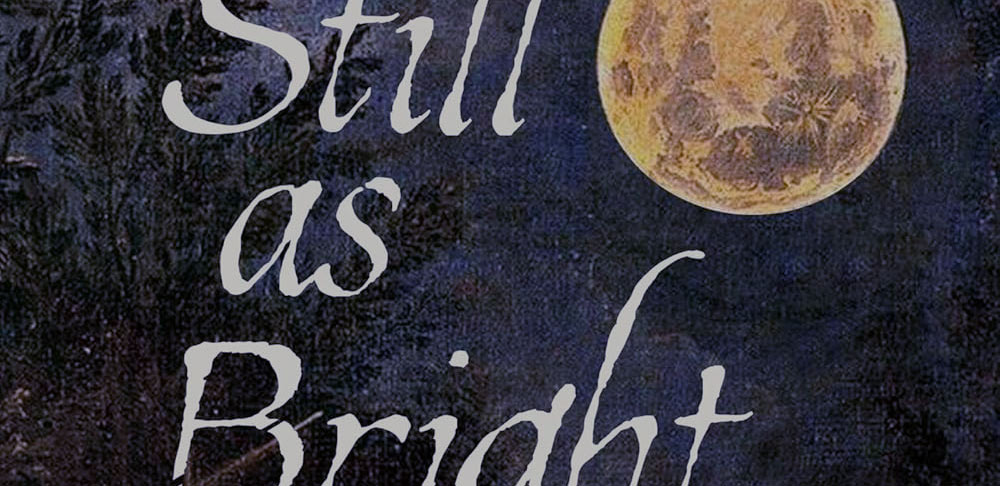
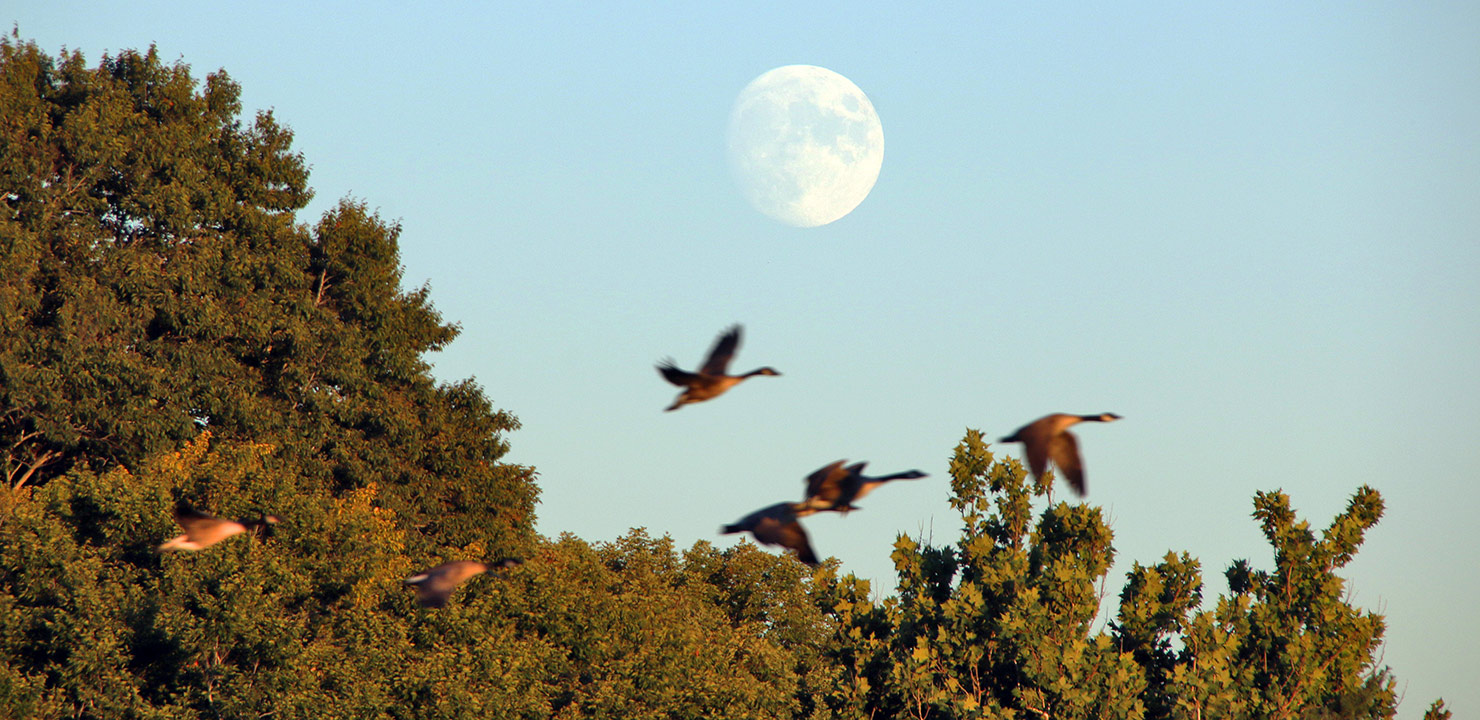
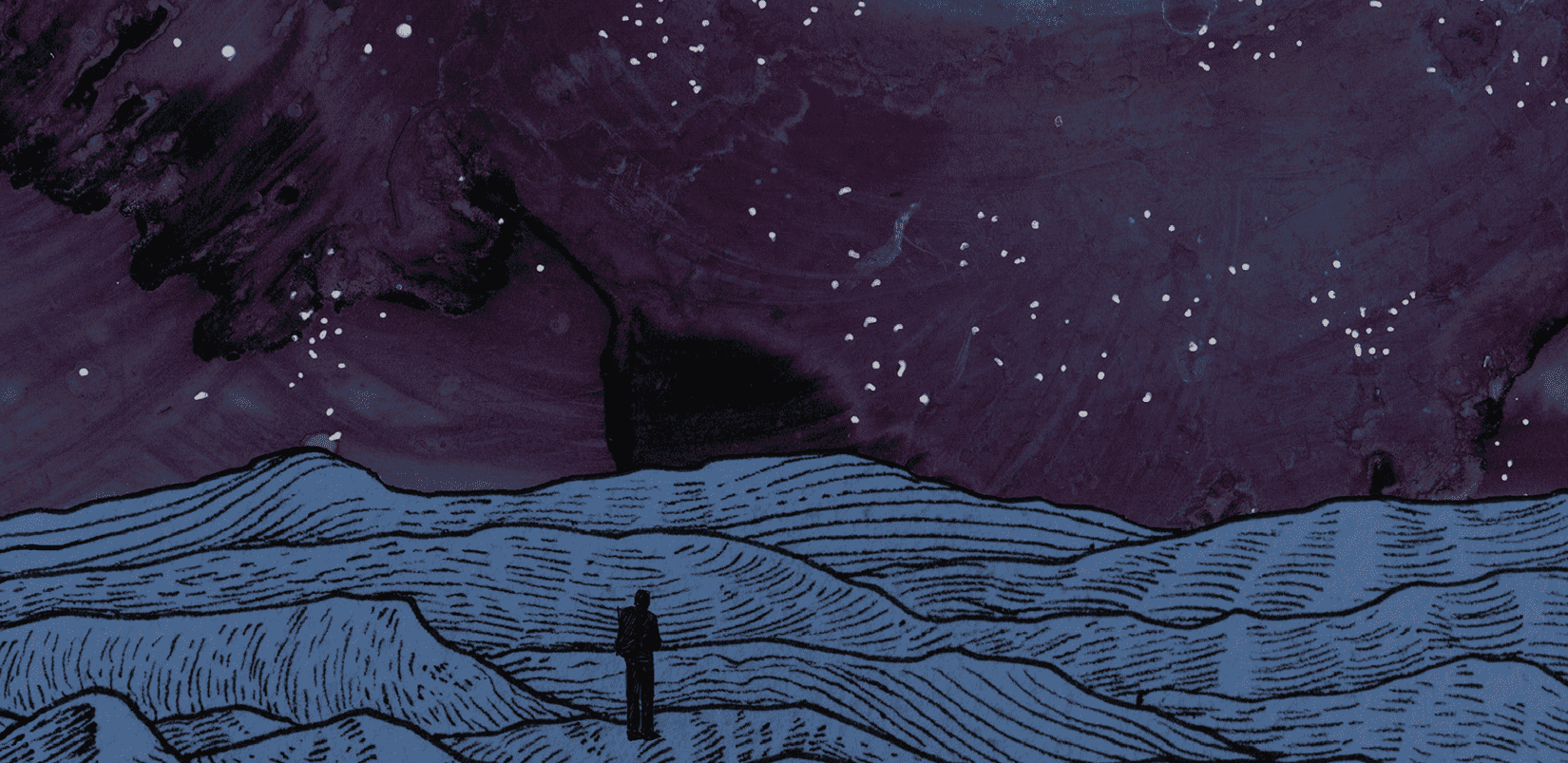
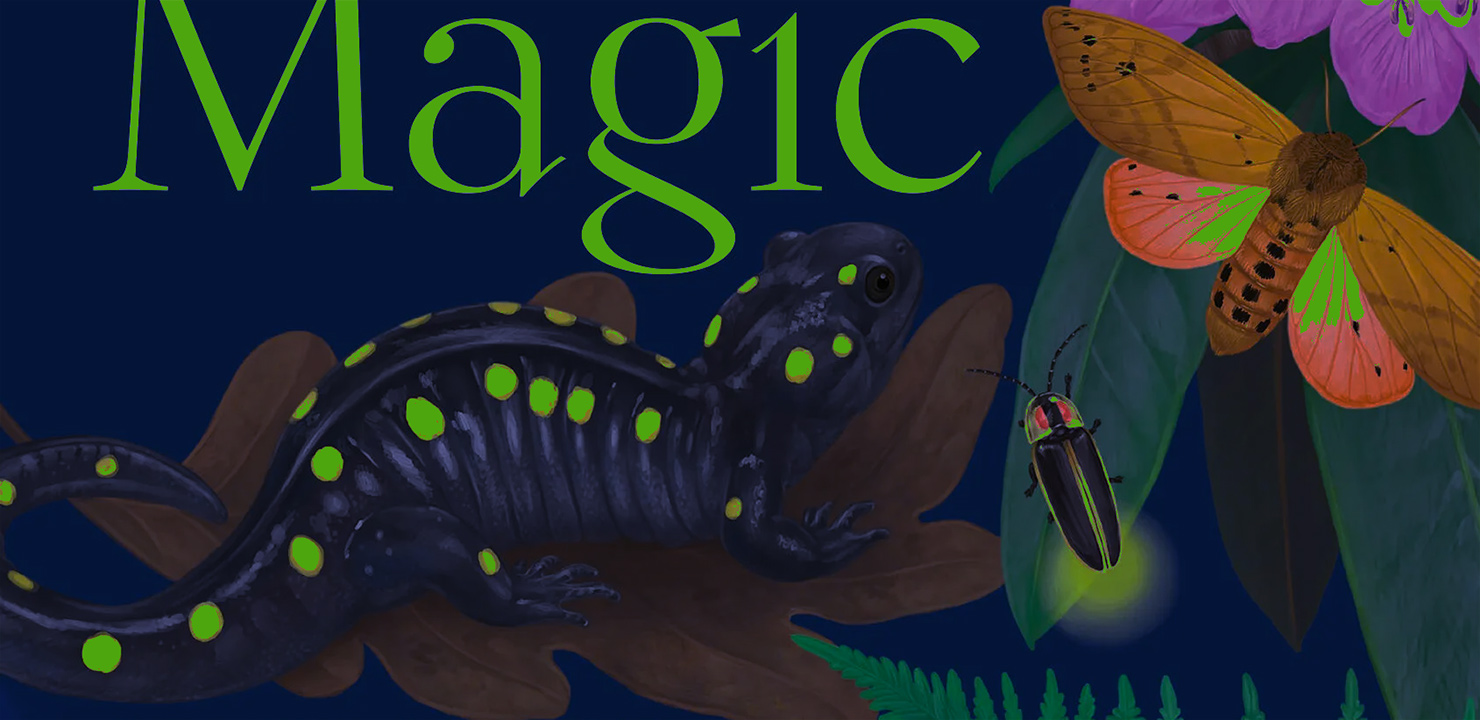

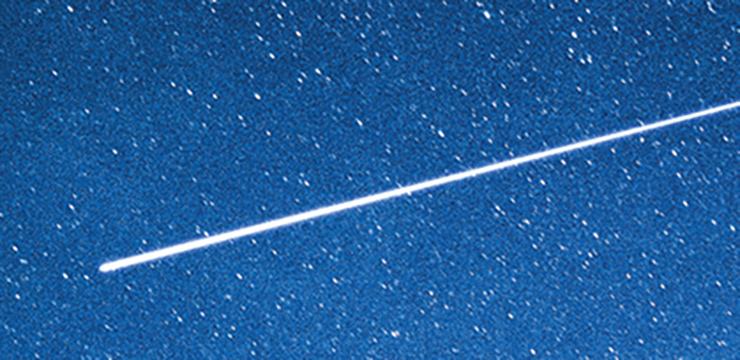
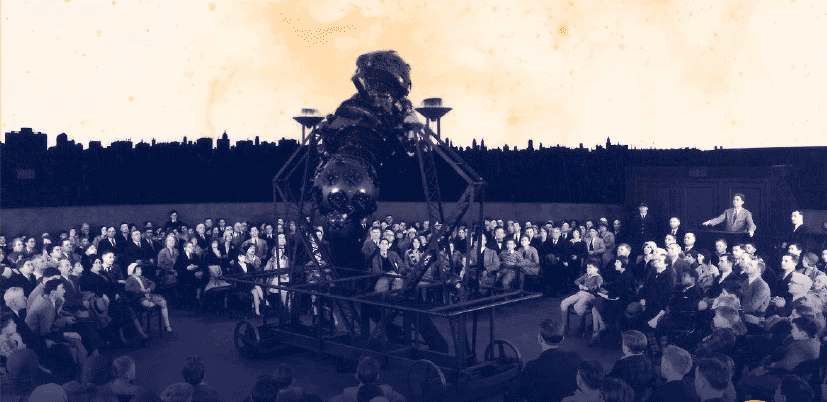
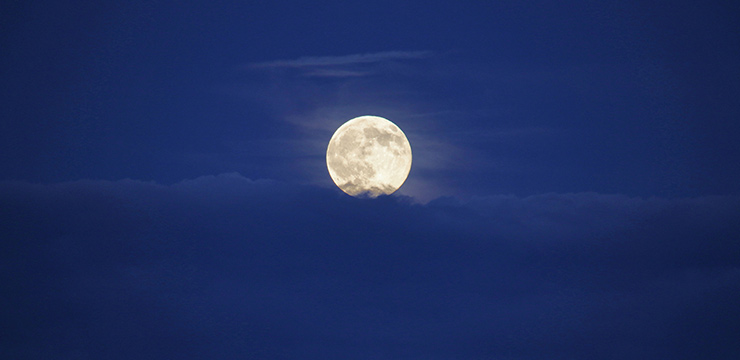
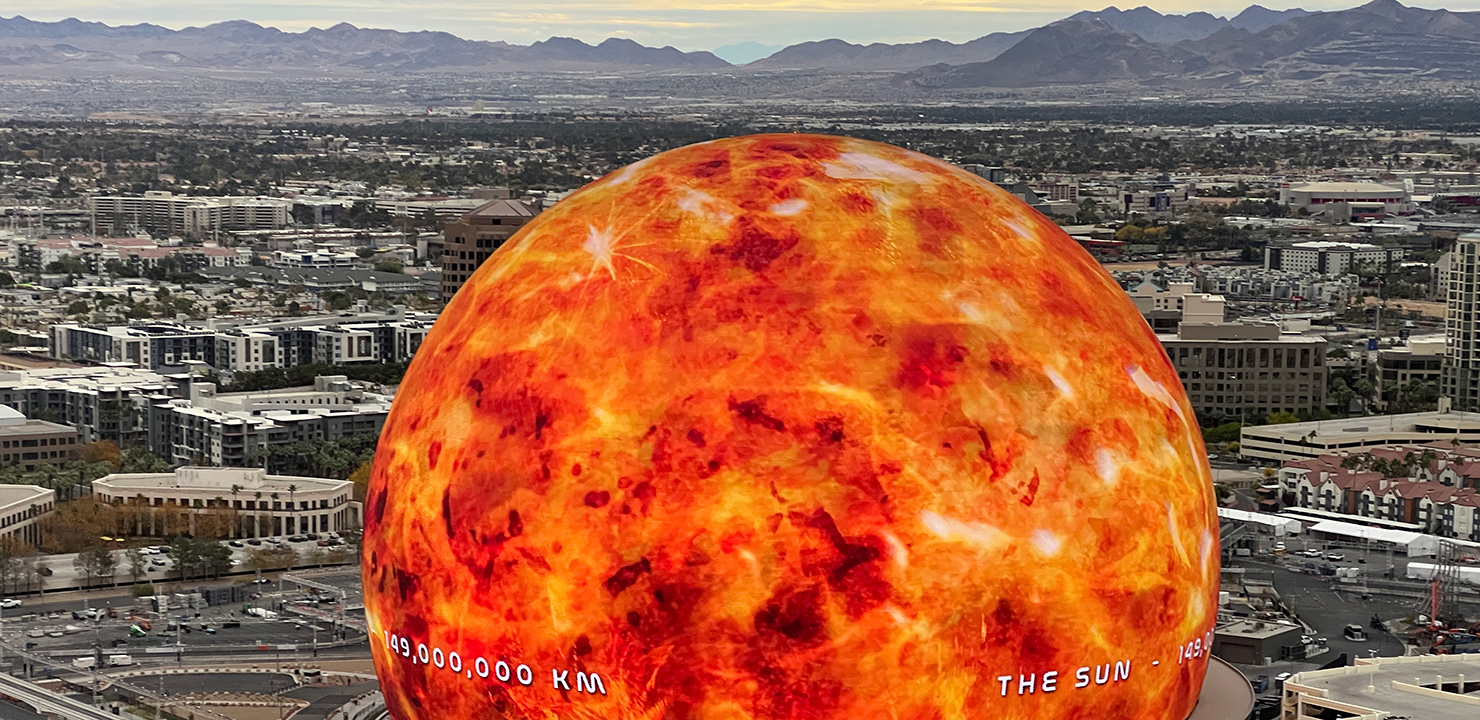
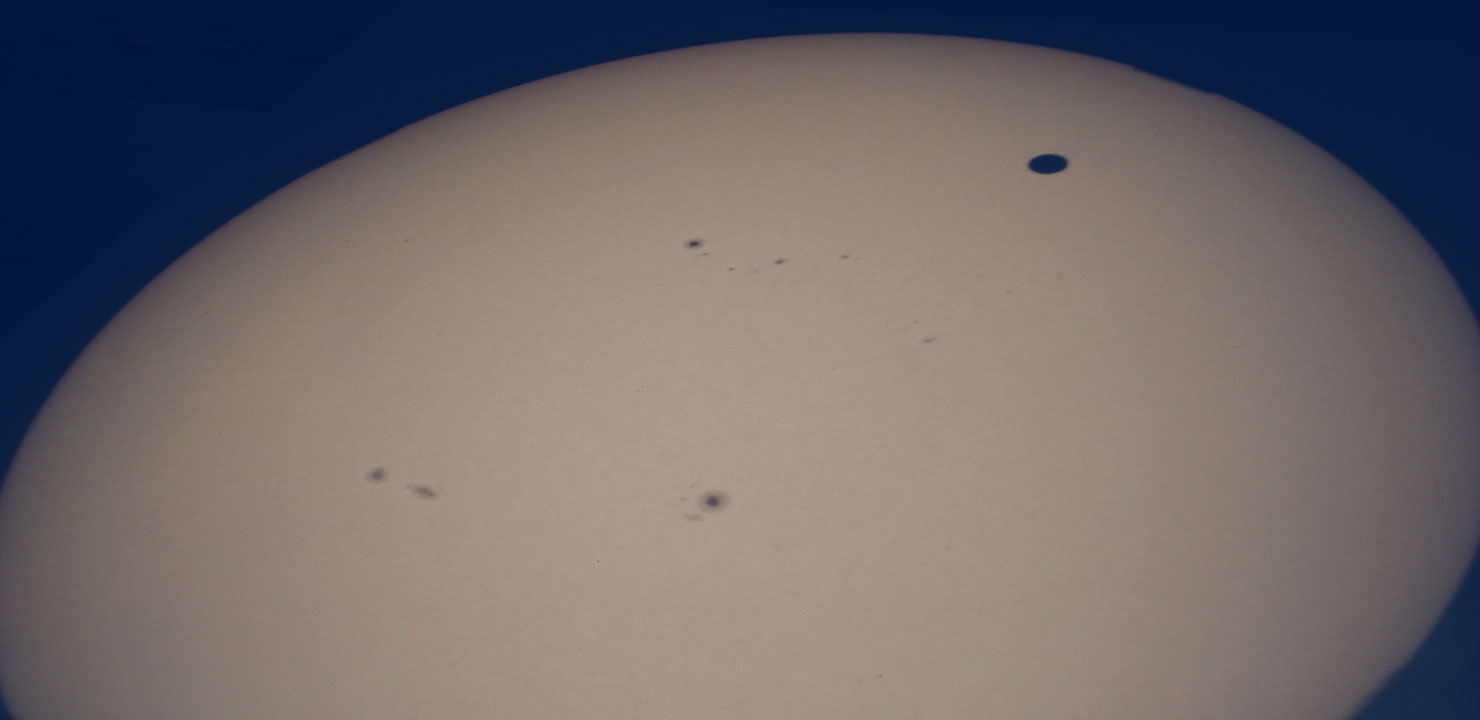



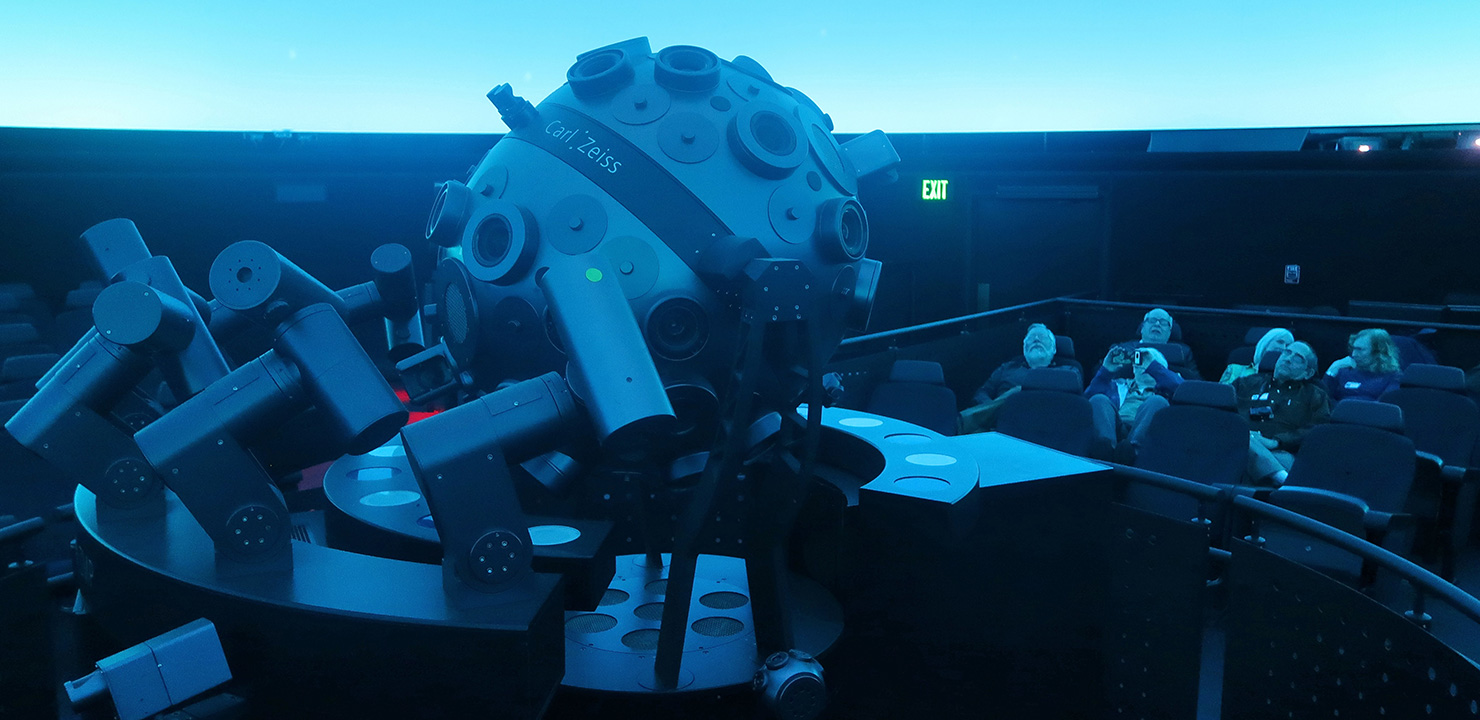
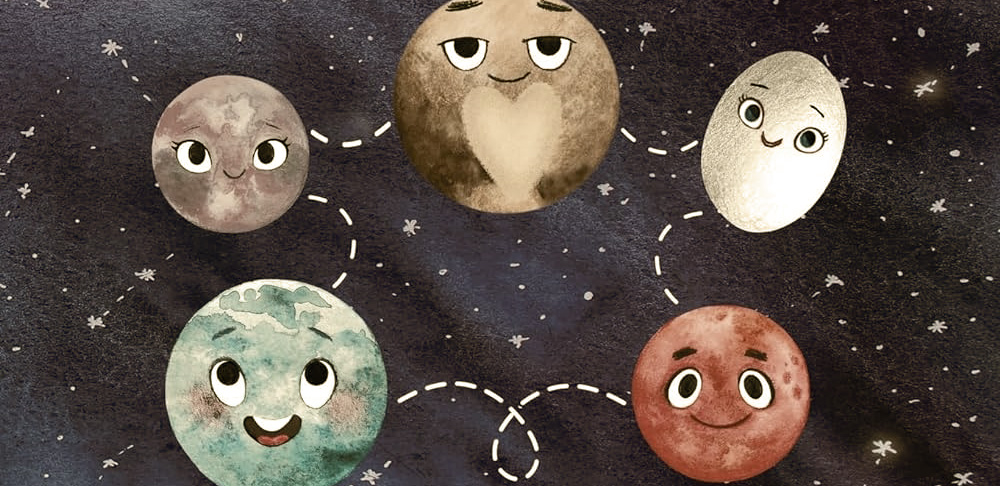


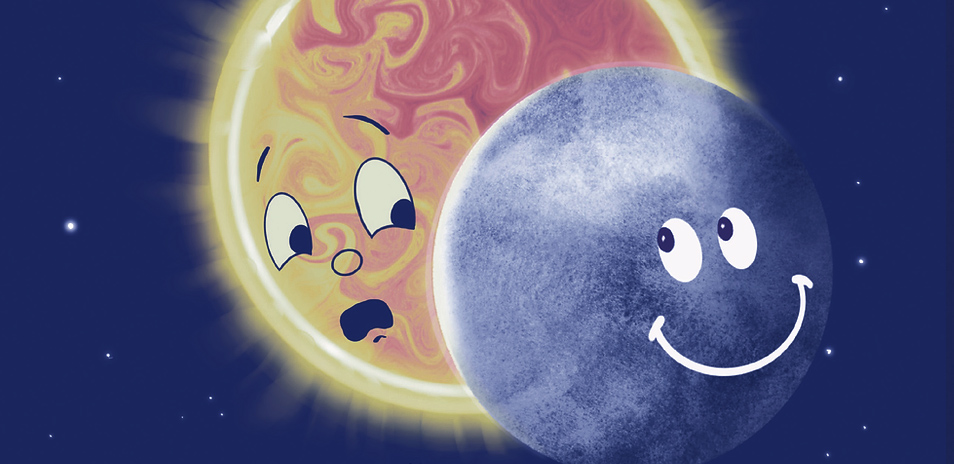

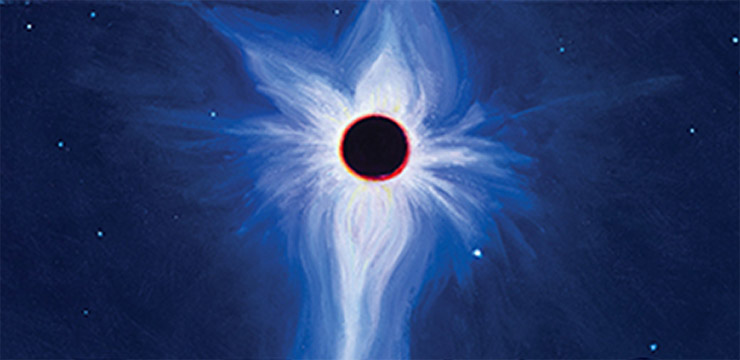



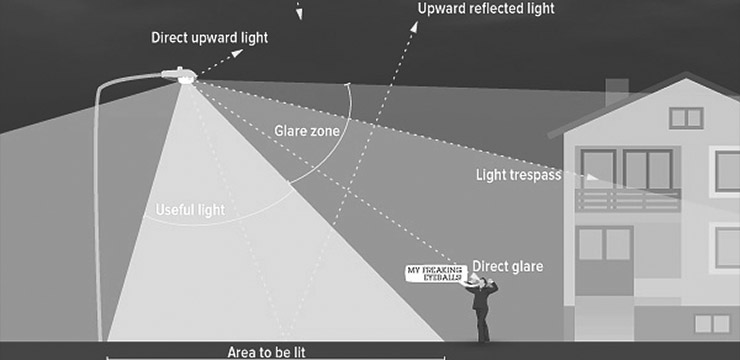










November's Near-Total Lunar Eclipse































Book Review: The Cosmic Mystery Tour: A High-Speed Journey Through Space and Time






Alan Bean 1932-2018

Venus: Mysteries of the Evening Star


Book Review: Magnitude - The Scale of the Universe

December marks the Anniversary of the First & Last of the Apollo Lunar Flights


Tardigrades: The Hardiest Little Organisms

60th Anniversary of Sputnik

A Farewell to Cassini

Voyages to the Stars

Star Spangled Banner

Rainbow Over Seagrave

The Sun, Moon, Stars, and the Dung Beetle

Appreciating the Nature of a Solar Eclipse

Book Review: The Glass Universe

Gene Cernan: Last Man on the Moon




The Great Moon Hoax of 1835

Dog Days

Remembering Comet Halley: 30 Years Later




In Memory: Roger Menard and Minka Wescott

Rosertta Update


Rings of the Solar System

Dawn Arrives at Ceres

A Night at Foxwoods

International Year of Light 2015

Star of Bethlehem

In Memory of Walter Dowhyj

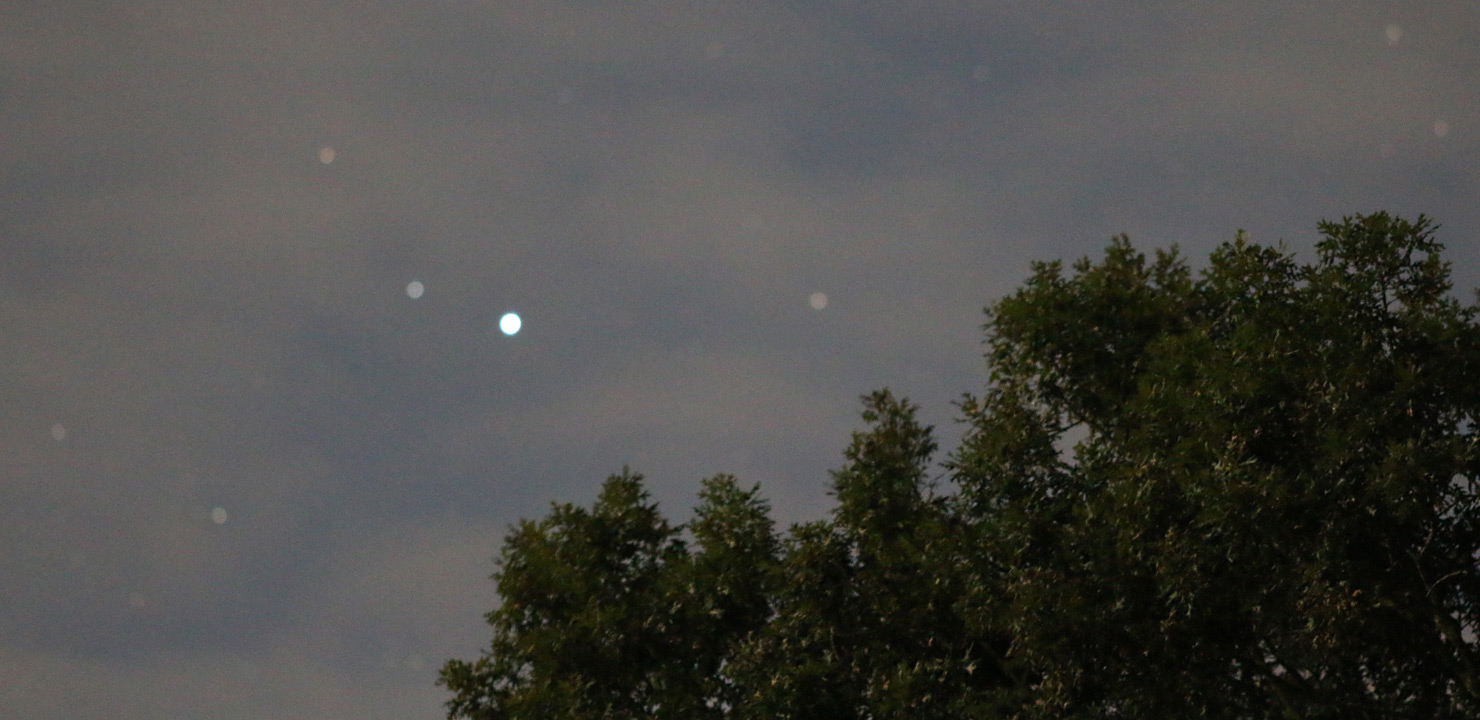
Fomalhaut



New England Astronomy: It's More Than Just Cloudy Skies
Remembering John C. Houbolt and LADEE, Pioneers of Lunar Exploration
Date of Easter

John Dobson (1915-2014)

Happy Perihelion!

Samhain

The Legacy of Kepler Space Telescope & Our Own Solar System's Robotic Explorers
What do you see when you look at the Moon?

Naming July's Full Moon "Apollo Moon" in Honor of the First Moon Landing

The Art of the Crescent Moon

University of Rhode Island Planetarium
Spring
December Long Night Moon
November Moon
Moon of the Falling Leaves
Remembering Neil Armstrong
September Harvest Moon

July's Apollo Moon

Charlestown Approves Town Lighting Ordinance

December Constellations & Folklore
November Constellations & Folklore
October Constellations & Folklore

September Constellations & Folklore

August Contellations & Folklore

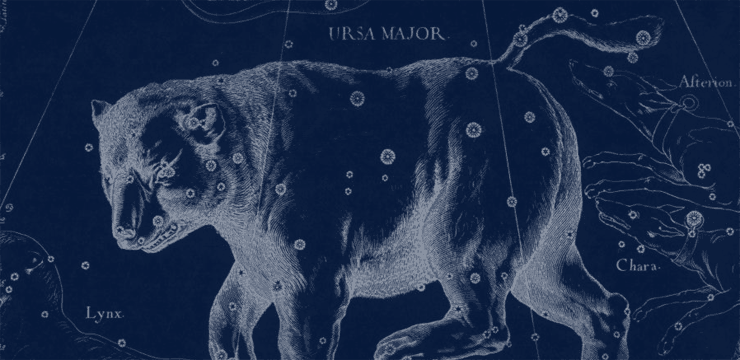
The Circumpolar Constellations
May Constellations & Folklore
The Constellations of Spring

In Like a Lion… Out Like a Lamb
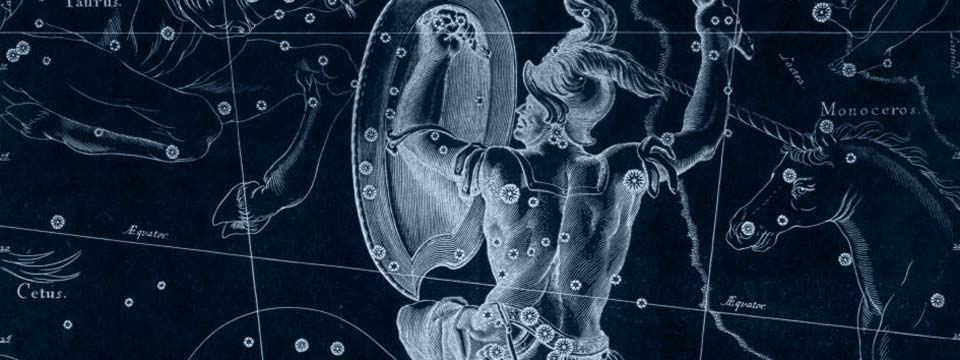
February Constellations & Folklore
Book Review: The Sun and the Moon
A Trip to Kovac Planetarium
The Central Falls Train Wreck of 1853 and the Institution of Time Zones
A General History and Significance of the Transit of Venus
"The City Dark"
Stop I-84: A Talk and Short Movie
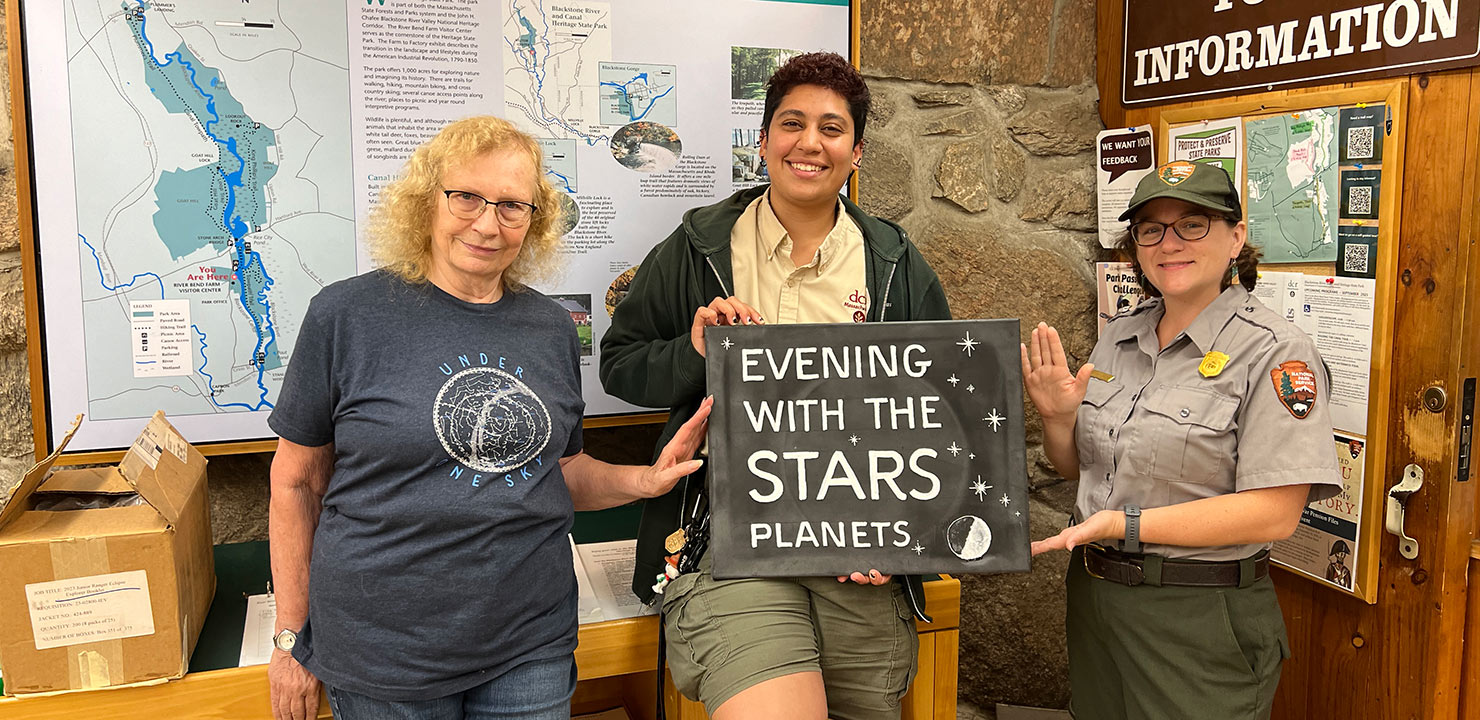

River Bend Farm: September 2025
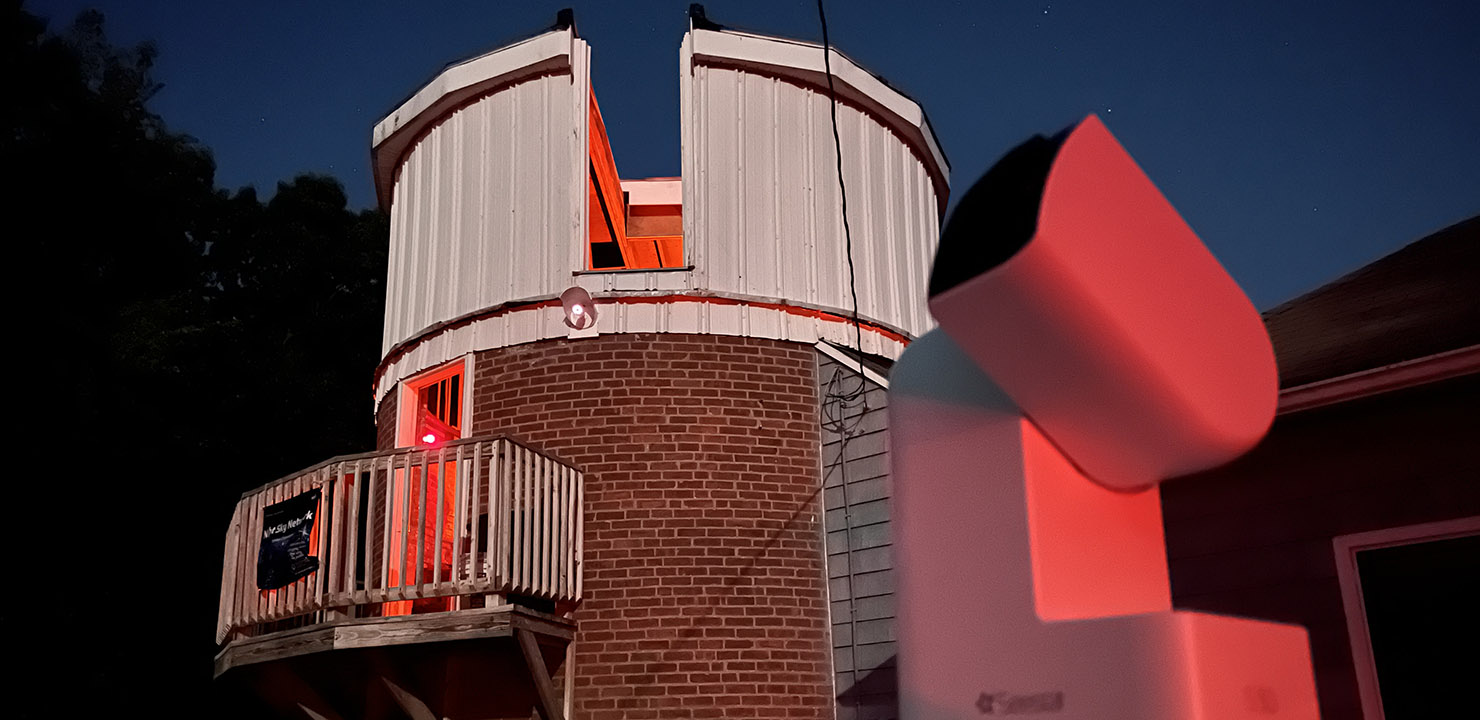

August 9, 2025 Seagrave Observatory Night
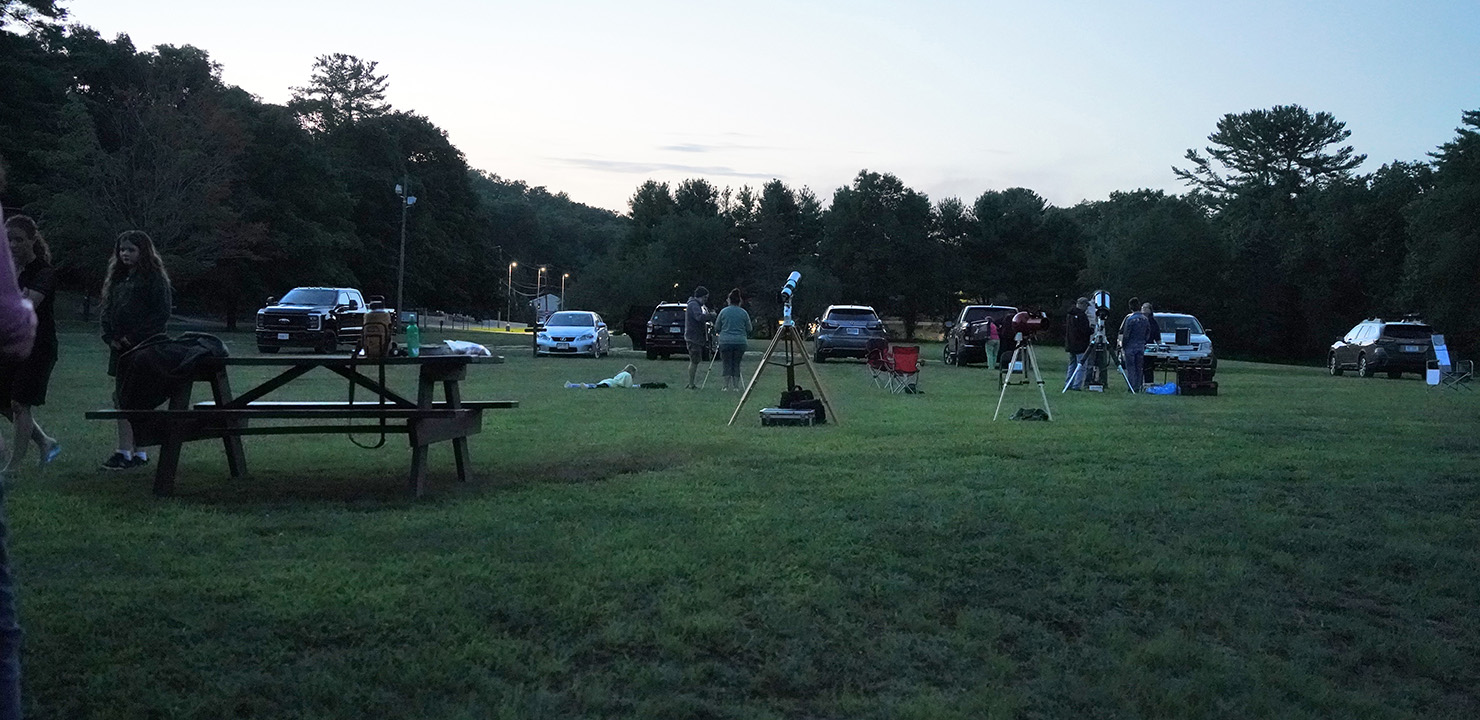

Night Sky at River Bend Farm
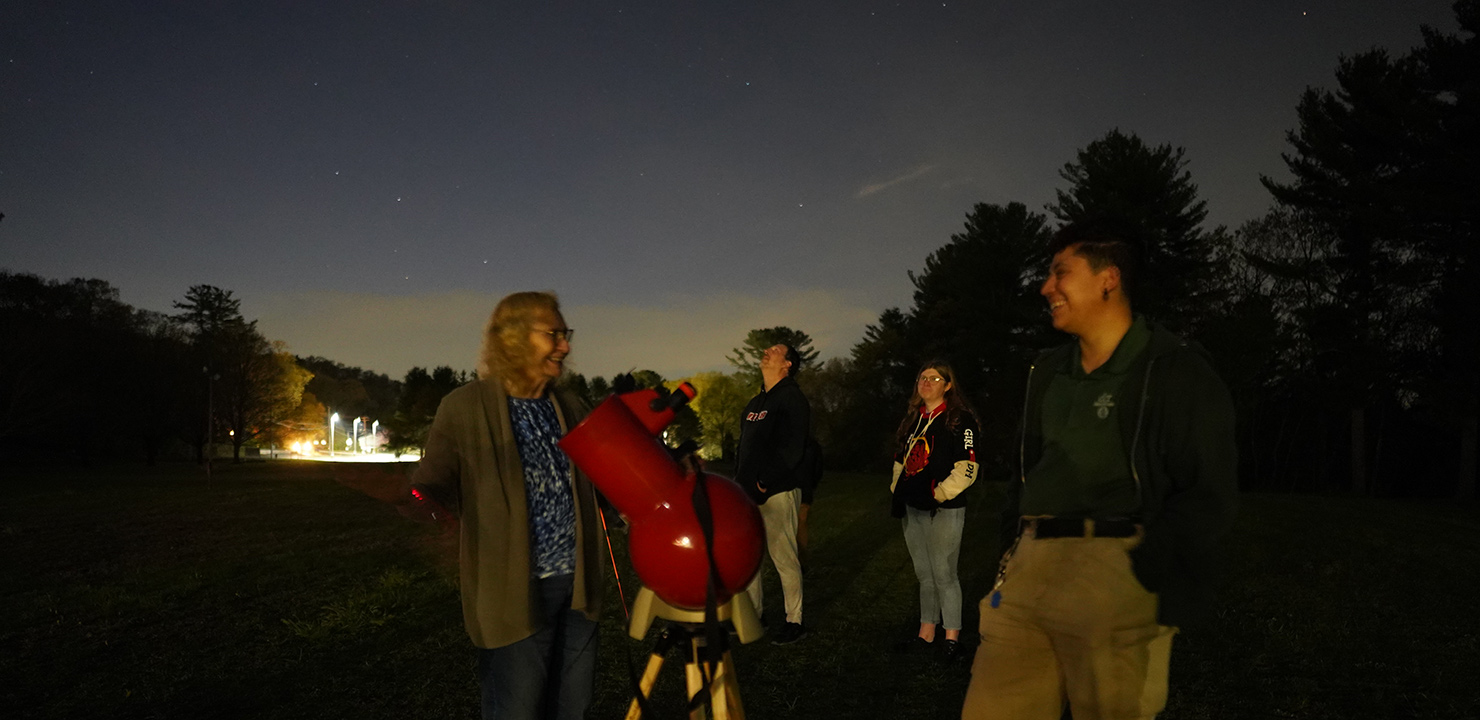

Night Sky at River Bend Farm
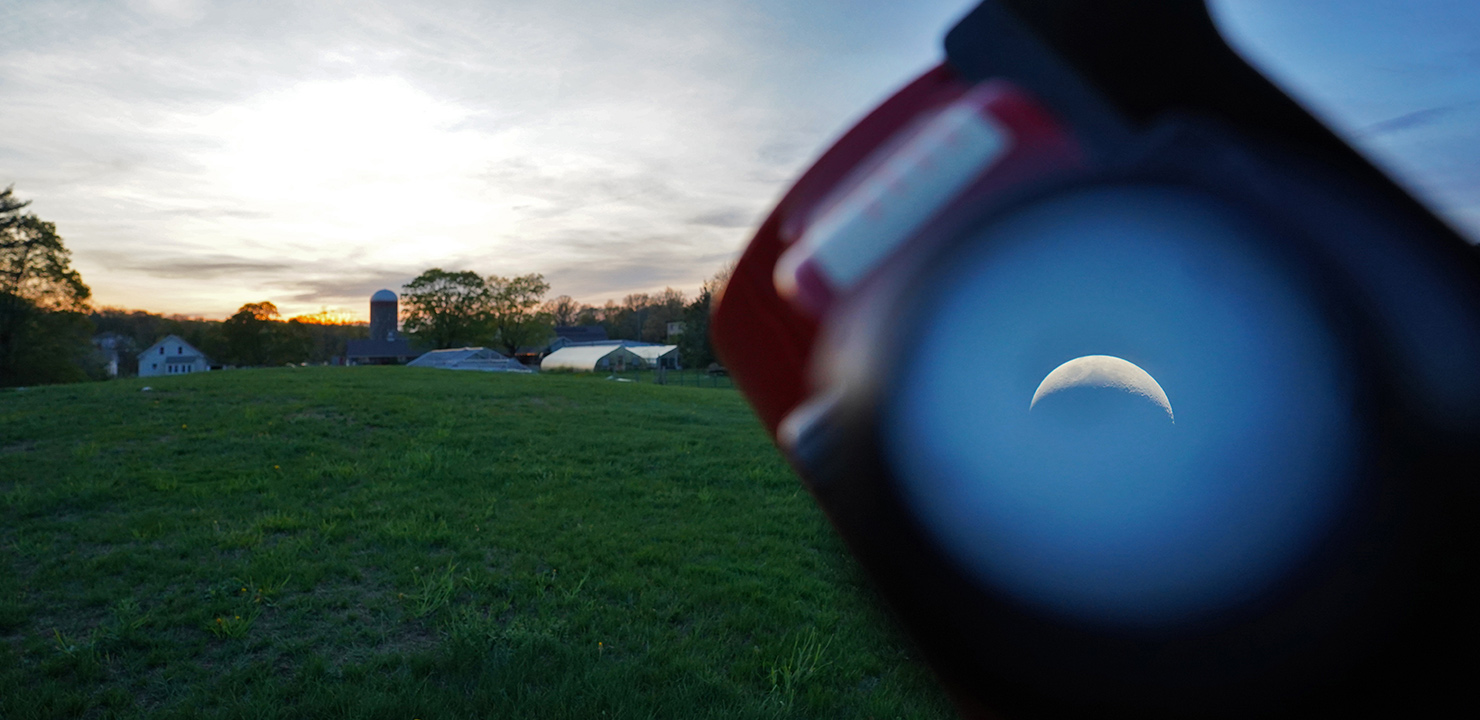

Starry, Starry Nite at Chase Farm
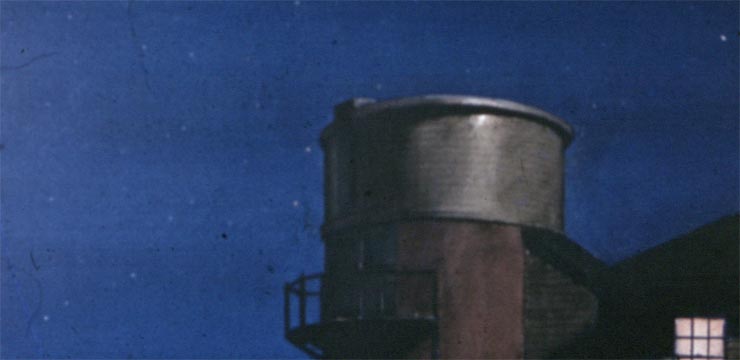

March 22 Seagrave Observatory Night
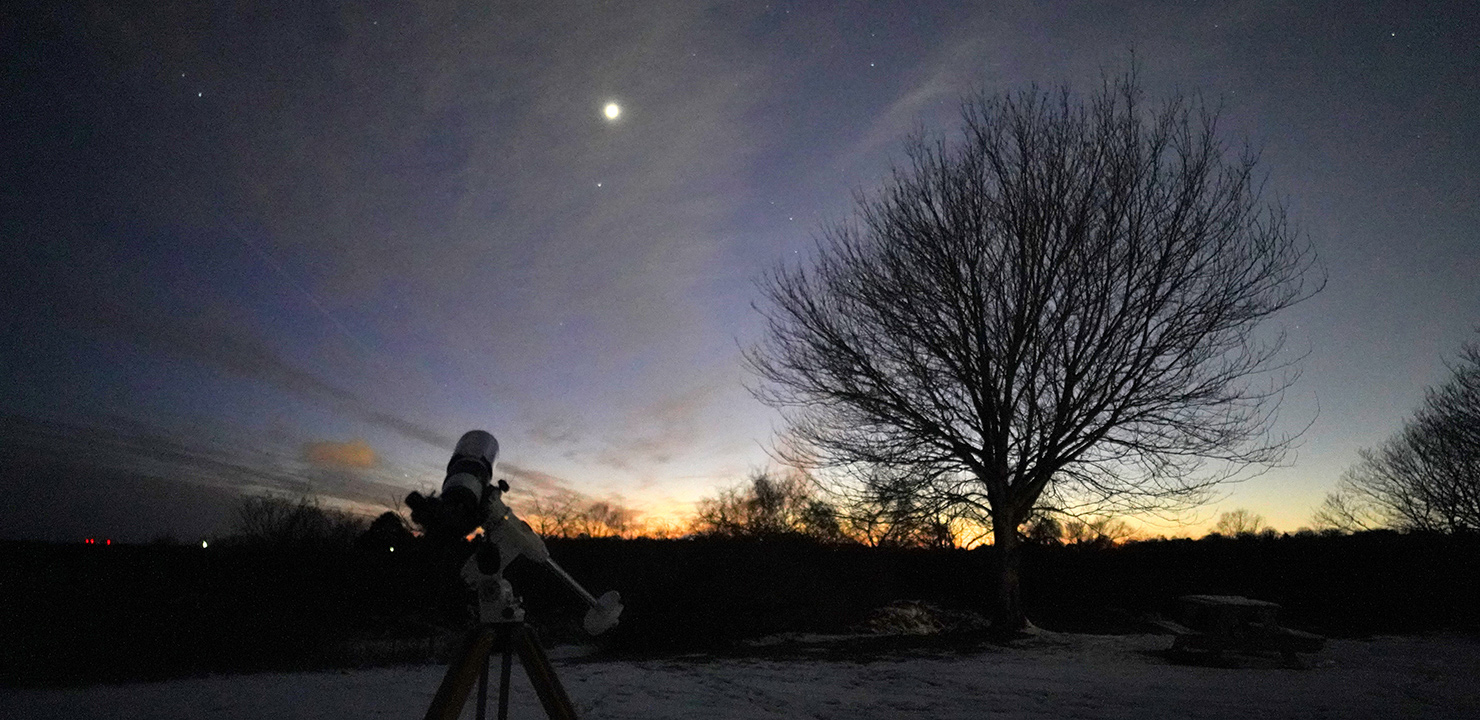

Winter Star Party at Norman Bird Sanctuary 2025


Moonrise on the Seekonk 2024
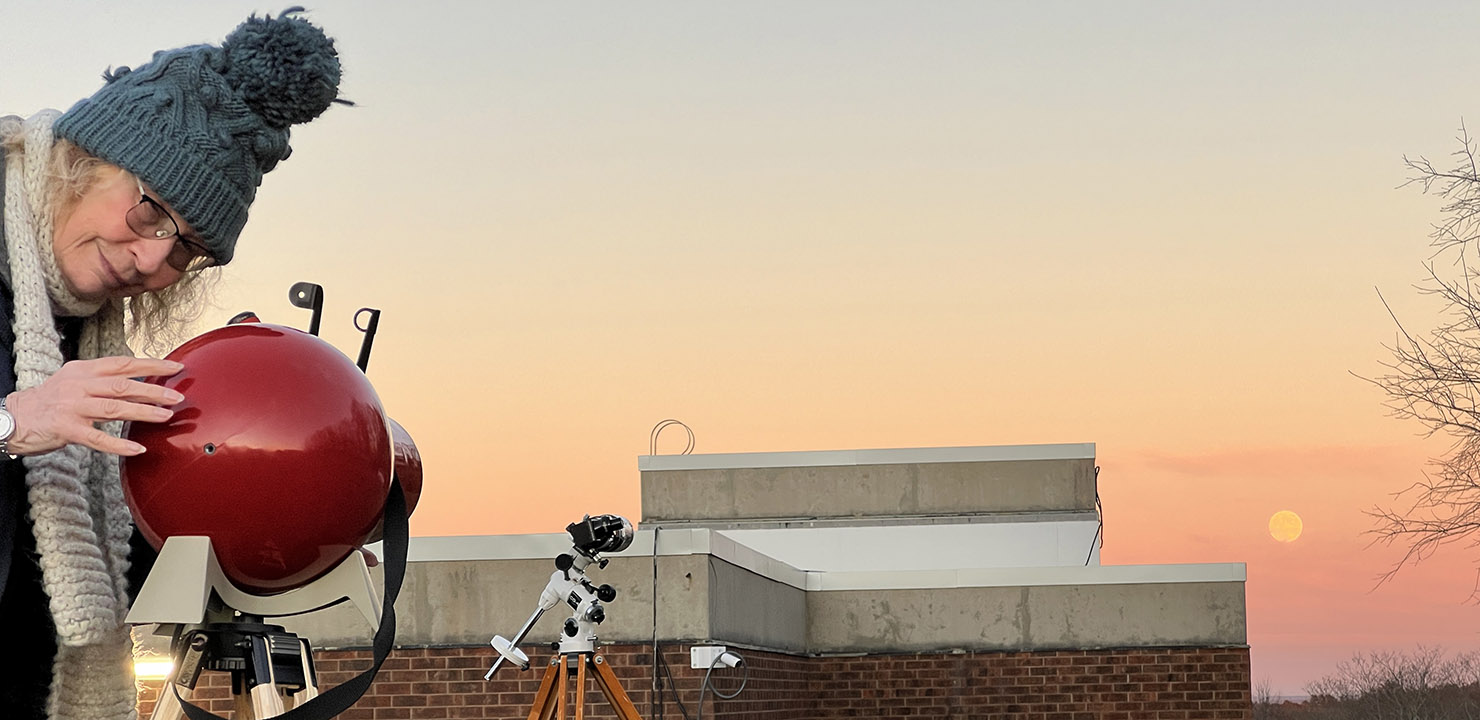

Winman Middle School Star Party 2024
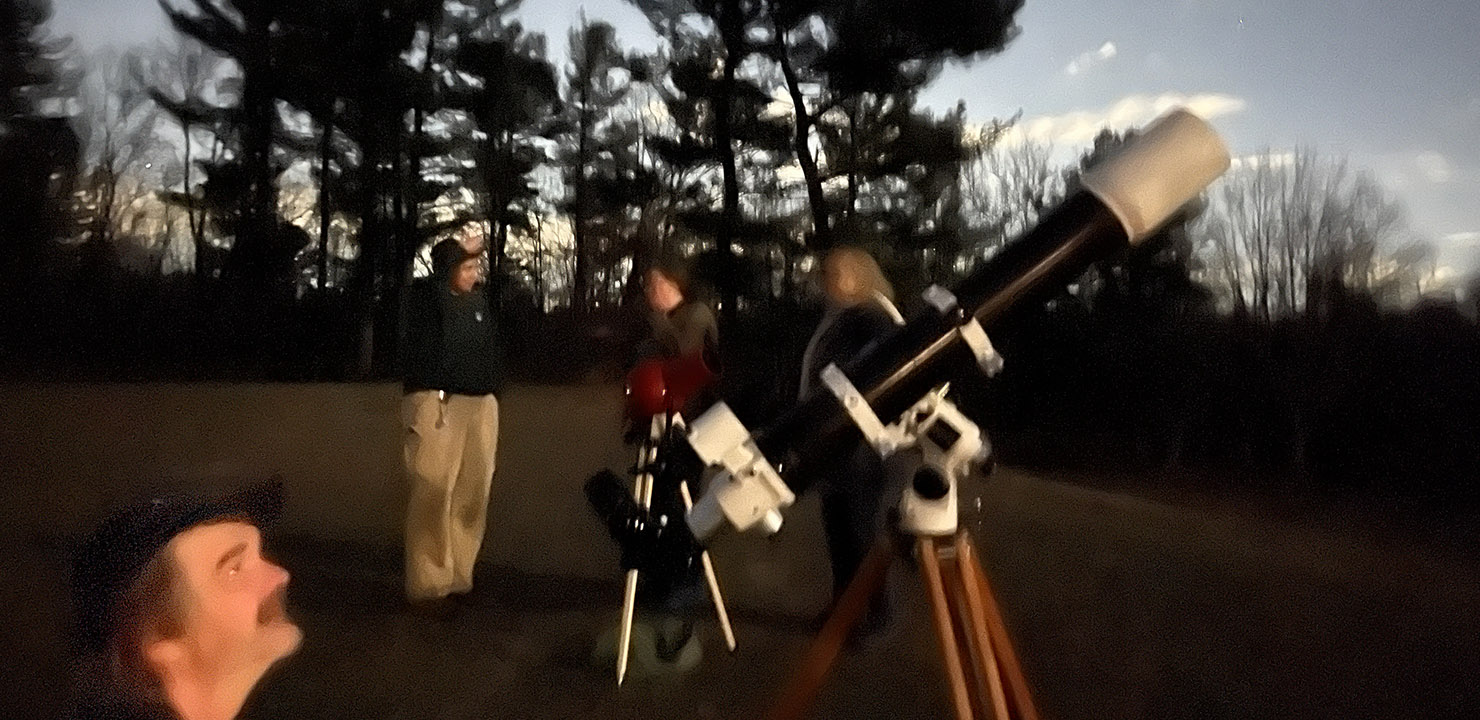

River Bend Farm, November 2024
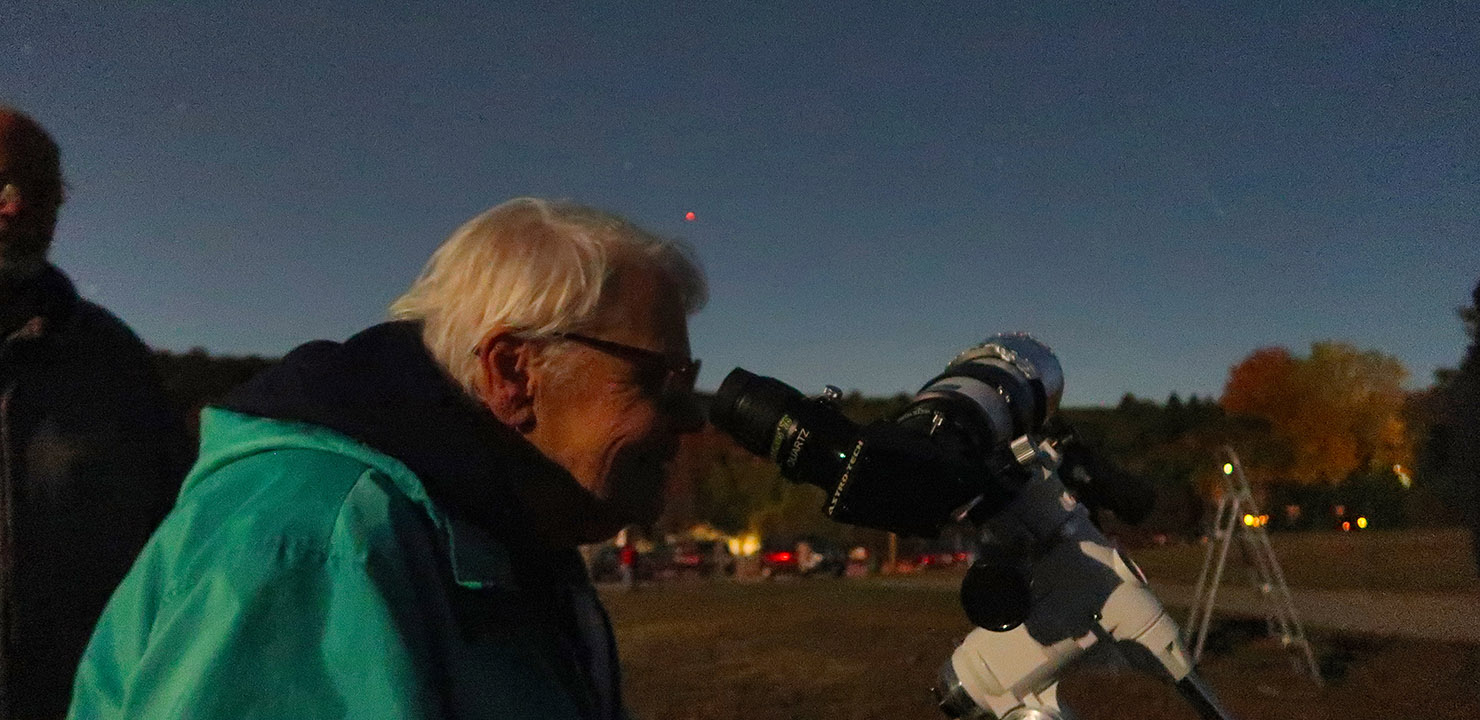

Starry, Starry Nite at Chase Farm: October 2024


Starts at Sunset on the Providence Pedestrian Bridge
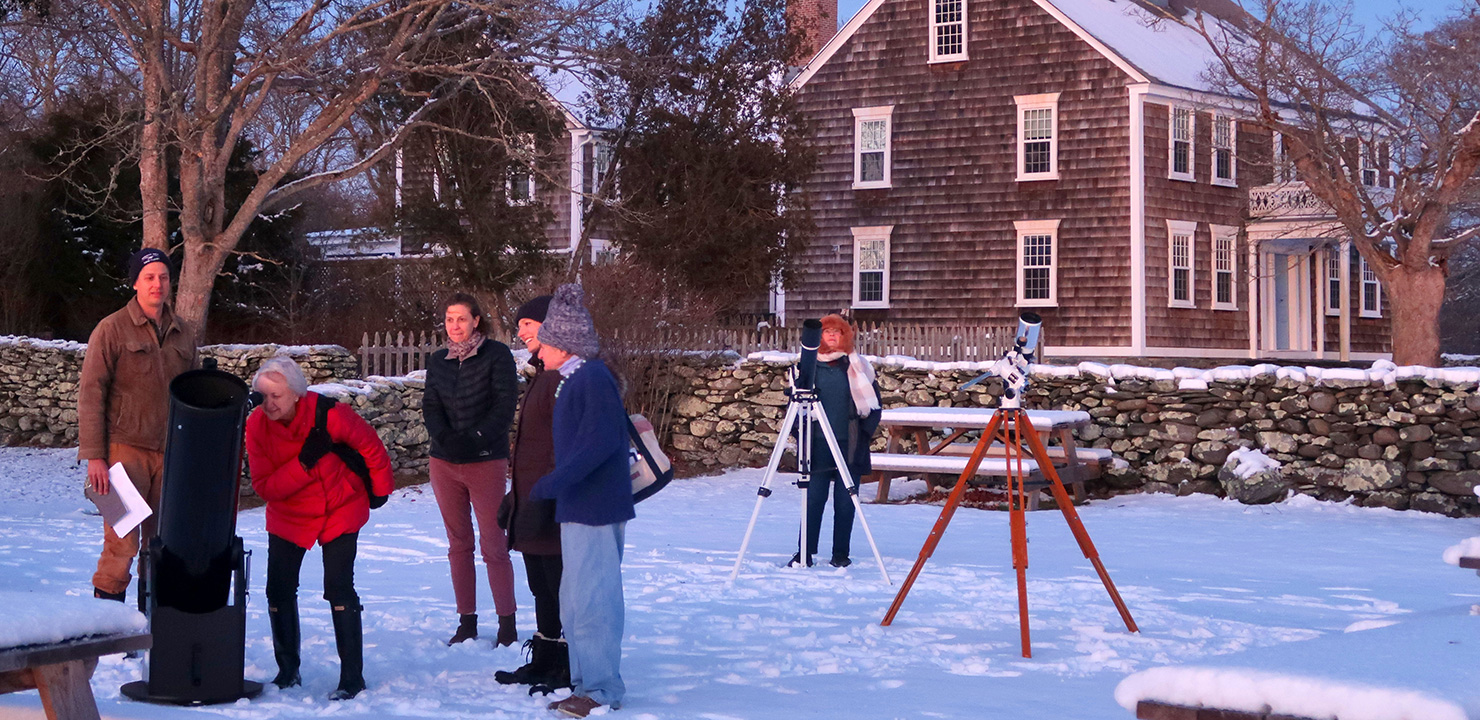

Cupids & Constellations at Norman Bird Sanctuary
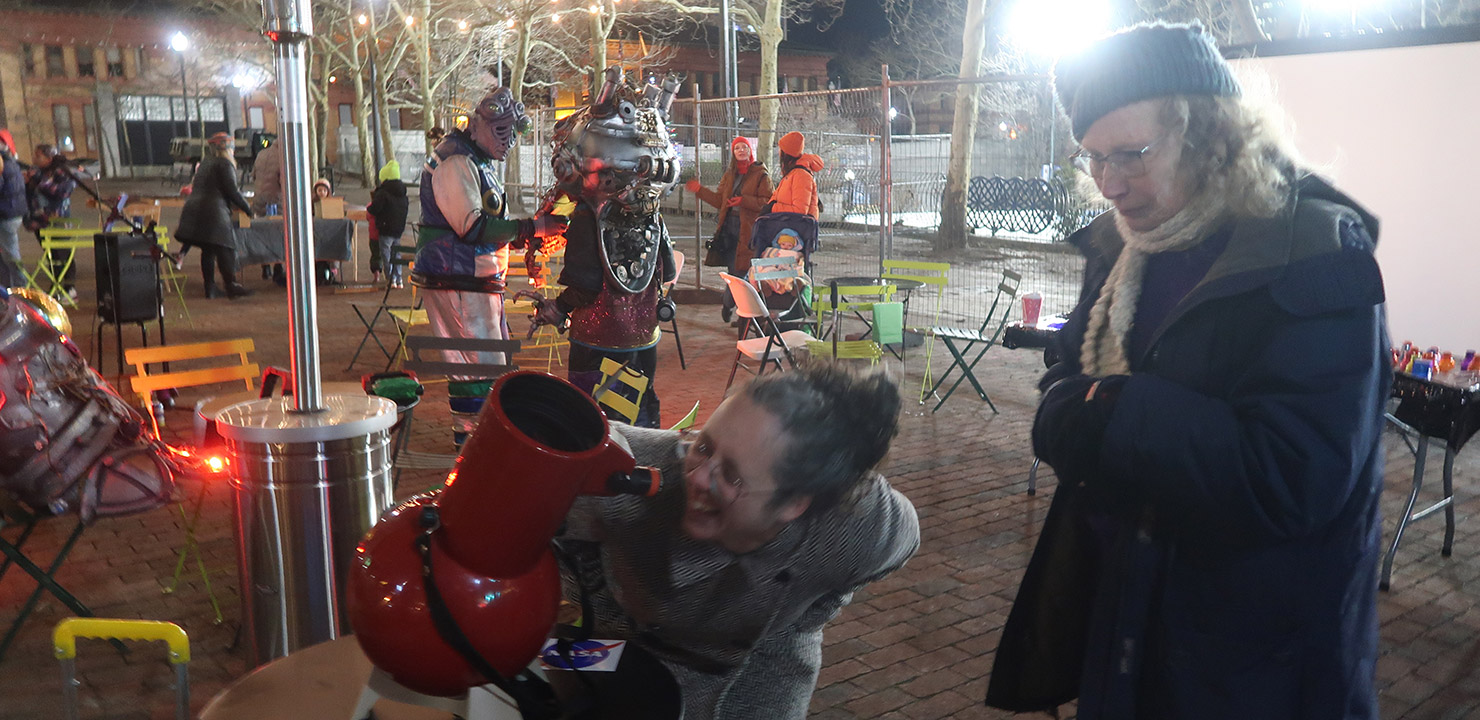

Winter Solstice Celebration Providence 2023
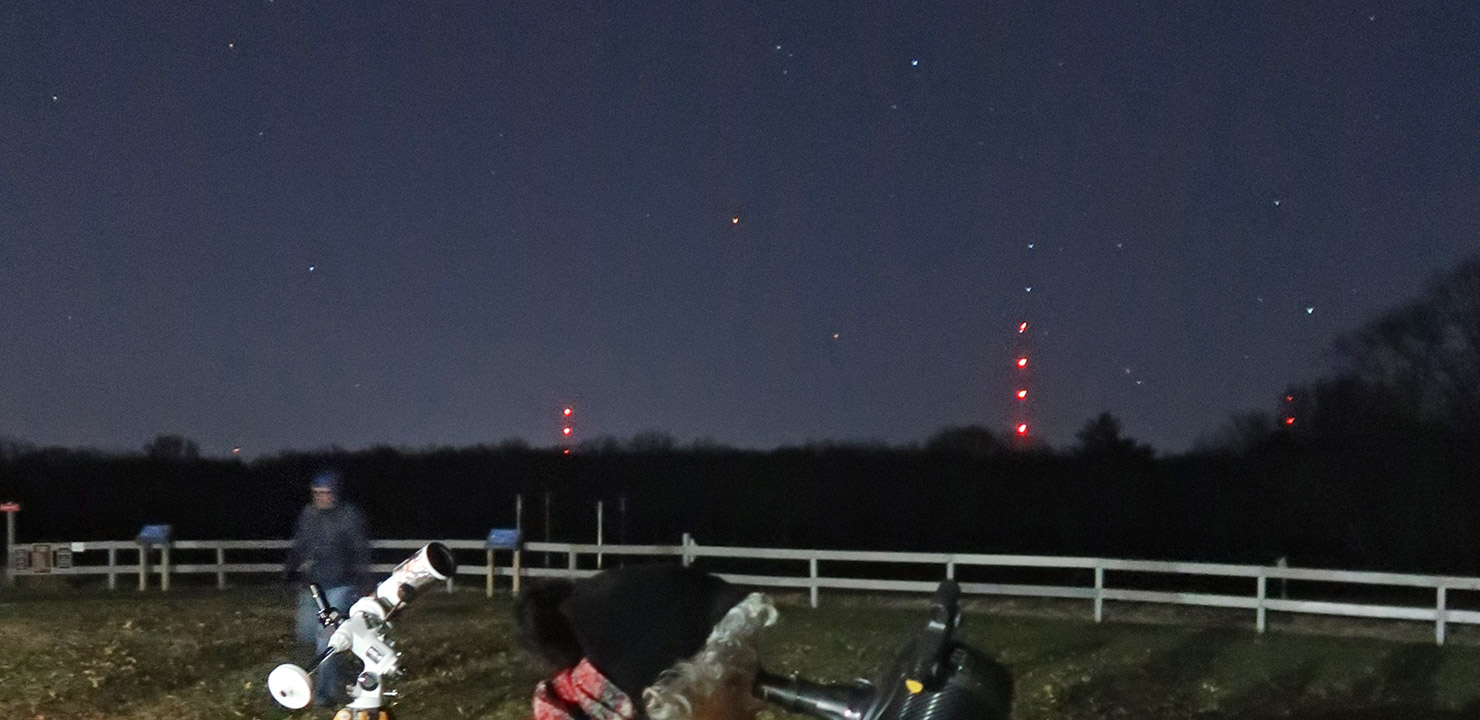

Stargazing at Caratunk: December 2023


River Bend Farm, November 2023
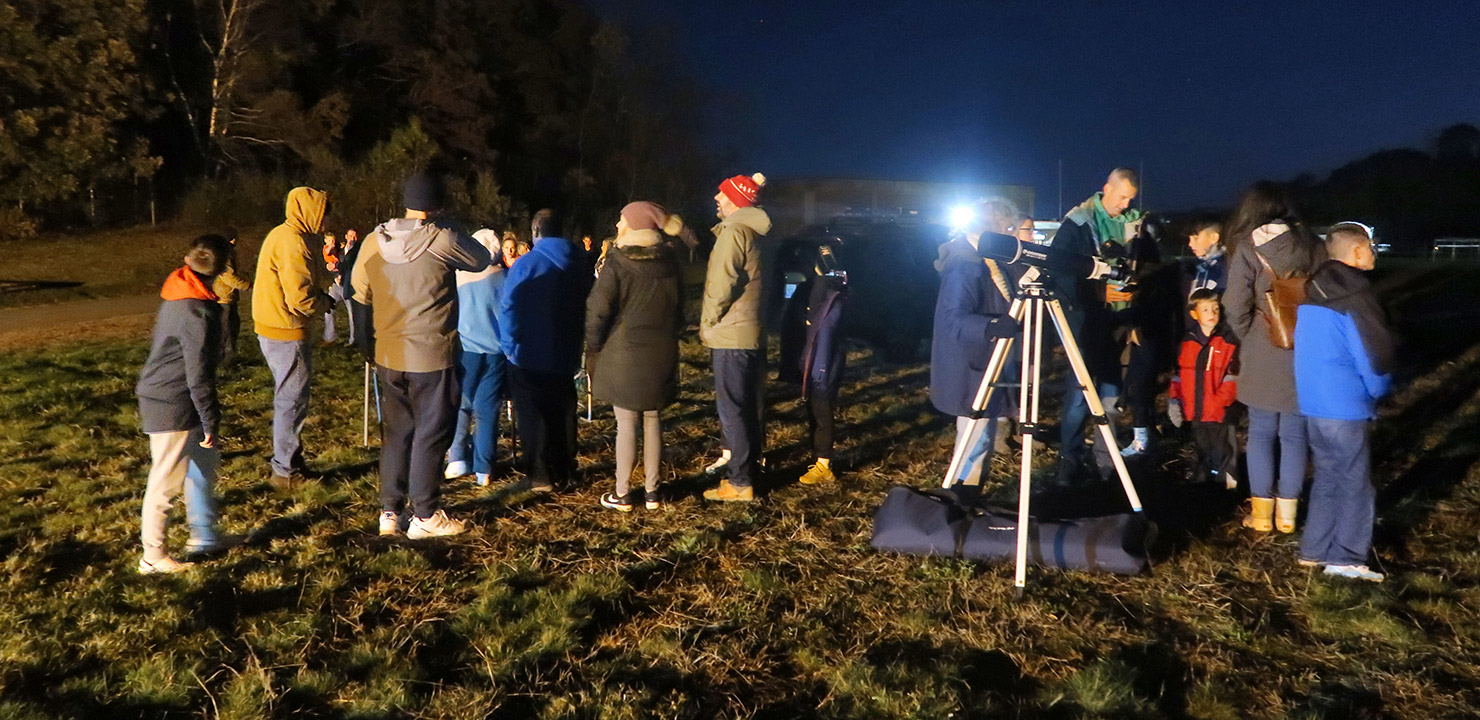

Winman School November 2023


Moonrise on the Seekonk: October 2023


Chase Farm: August 2023


Starts at Sunset: September 14, 2023


River Bend Farm: May 2023


River Bend Farm: April 2023


Pack 11 Coventry: April 2023


Warwick Winman Middle School


Audubon Society: Caratunk Wildlife Refuge


River Bend Farm: November 2022


Moonrise on the Seekonk: October 2022


River Bend Farm: September 2022


Starry, Starry Nite at Chase Farm: August 2022


WaterFire Arts Center: August 2022


White House Astronomy Night on the State House Lawn





